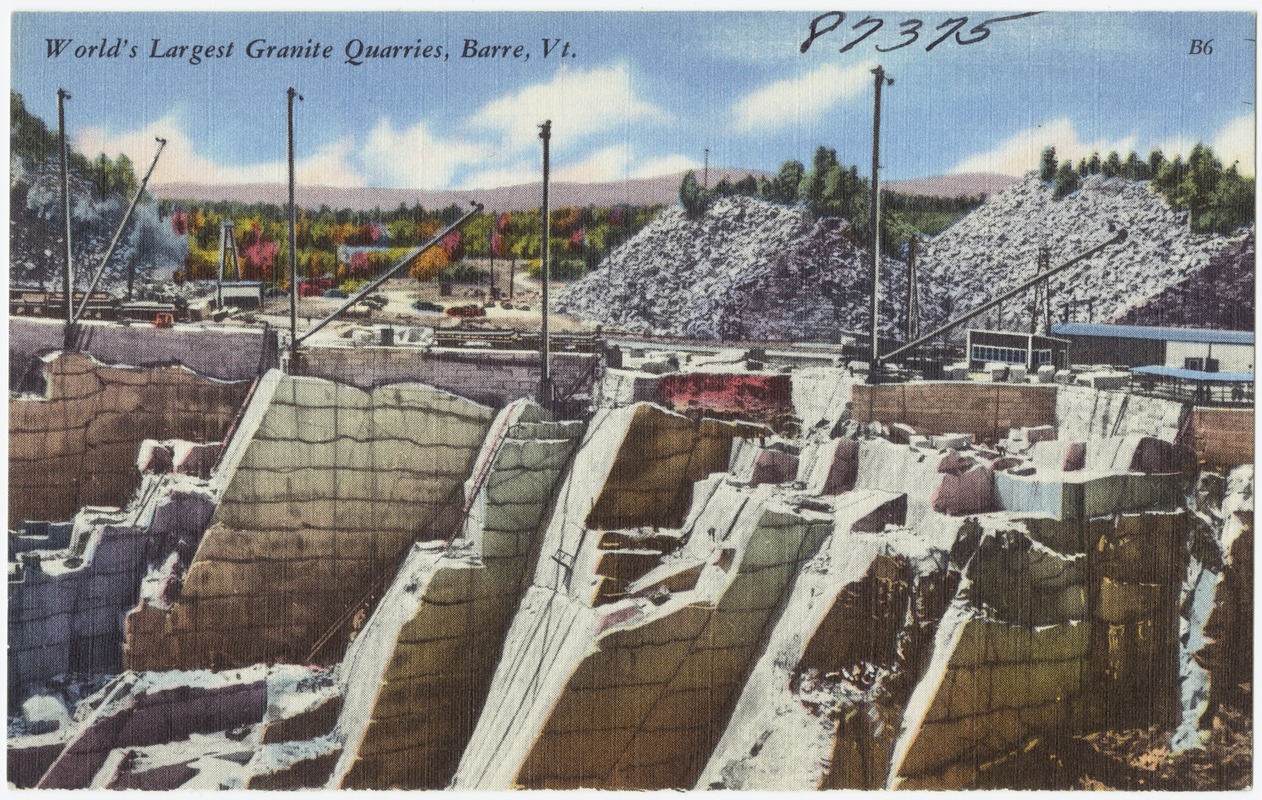Discovering Granite Quarries in South Africa Sector: From Quarry to Work of art
Discovering Granite Quarries in South Africa Sector: From Quarry to Work of art
Blog Article
Discovering the Rich History and Lasting Practices of Granite Quarrying
As we base on the precipice of uncovering the detailed tapestry of granite quarrying, a trip with time exposes not simply the physical act of extracting stone but also the cultural and historical importance woven into the extremely textile of this technique. From the ancient origins that laid the foundation for modern-day quarrying strategies to the sustainable techniques that are shaping the future of this sector, each sculpt mark on granite surfaces narrates waiting to be uncovered (granite quarries in south africa). The heritage of granite quarrying stretches far past mere extraction; it is a testament to human ingenuity, durability, and the long-lasting appeal of this marvelous rock
Ancient Beginnings of Granite Quarrying
Going back to ancient people, the technique of quarrying granite has actually been an indispensable component of human history and building advancement. The earliest proof of granite quarrying dates back to ancient Egypt, where enormous pyramids and detailed sculptures were crafted from this resilient rock. The Egyptians utilized primitive devices to extract granite blocks from quarries, showcasing the importance of this product in their monumental buildings.
Moving forward in background, the Greeks additionally made considerable contributions to the quarrying of granite. The Greeks used granite in different architectural wonders, such as holy places and statuaries, showing their ability in shaping and carving this durable stone. The Romans further improved the methods of quarrying granite, employing innovative tools like knives and hammers to extract and form granite for their renowned structures.
Through the centuries, the practice of quarrying granite has actually progressed, with contemporary innovations enhancing performance while preserving the classic appeal of this all-natural rock - granite quarries in south africa. From ancient civilizations to modern builders, the legacy of granite quarrying proceeds to form our globe
Evolution of Quarrying Methods
The advancement of quarrying methods has been marked by a constant development in the direction of better efficiency and precision in removing granite. Early quarrying strategies included hands-on labor with basic devices such as blades, hammers, and wedges to draw out granite blocks from the planet.
Improvements in computer-controlled tools and 3D modeling have actually maximized quarrying procedures, leading to marginal ecological effect and enhanced sustainability methods. As the need for granite continues to increase, the development of quarrying methods remains essential to meeting industry requires successfully and sustainably.
Social Relevance of Granite
Granite holds an extensive cultural importance across various civilizations due to its long-lasting visibility in architectural masterpieces and revered monoliths. From the impressive pyramids of Egypt to the detailed makings of the Angkor Wat temple in Cambodia, granite has been a product of option for revealing grandeur and long life in social heritage. In ancient Rome, granite columns adorned temples and public structures, representing strength and permanence. The social importance of granite extends past its physical features; it embodies durability, stability, and timelessness, making it an icon of withstanding traditions and customs.

Sustainable Practices in Quarrying
Amidst the rich history of granite quarrying and its social relevance lies a growing focus on sustainable practices within the sector. As environmental awareness this article and problems regarding resource exhaustion have enhanced internationally, the quarrying industry has actually progressively embraced lasting methods to decrease its effect on the environment and bordering communities.

Furthermore, reclamation and rehabilitation of quarry sites post-extraction are integral to lasting techniques. By recovering quarried locations to an all-natural or helpful state, such as producing wildlife habitats or recreational spaces, quarriers can counter the ecological impact of their operations and contribute favorably to the neighborhood environment.
Tradition of Granite Quarrying
With a historical backdrop soaked in workmanship and industrial progress, what sustaining influence has granite quarrying left on the landscape of contemporary society? The legacy of granite quarrying goes beyond simple extraction techniques; it has actually shaped architectural wonders, metropolitan landscapes, and cultural heritage worldwide. The sturdy nature of granite has actually made it a favored choice for monoliths, buildings, and framework, standing as a testimony to the skill and virtuosity of quarry workers across generations.
In addition, the economic footprint of granite quarrying can not be ignored. The industry remains to supply employment possibilities and drive regional economies in regions where granite removal is common. It has additionally spurred you can check here technical improvements in quarrying methods and tools, resulting in much more effective and lasting practices.
In terms of sustainability, the tradition of granite quarrying includes efforts to reduce ecological impacts via reclamation tasks and accountable resource administration. By balancing economic passions with environmental stewardship, the market makes every effort to ensure that future generations can remain to gain from this enduring natural deposit.
Verdict

Report this page